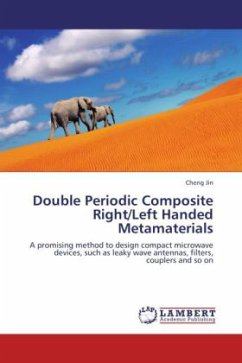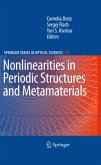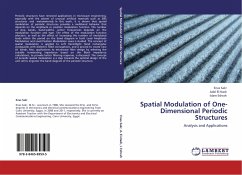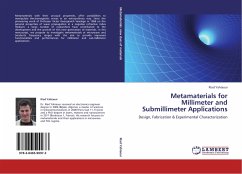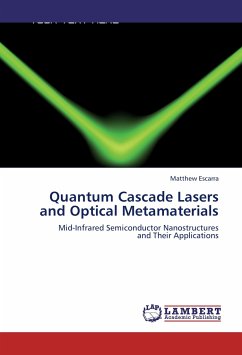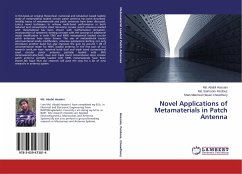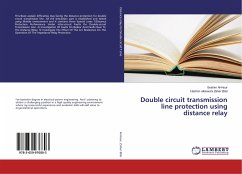Double Periodic Composite Right/Left Handed Metamaterial (DP-CRLH MTM), a new transmission line (TL) double periodically loaded with a pair of alternate capacitances and/or inductances, is introduced in this book. Recently, the concept of CRLH TLs is becoming an interesting topic of research. CRLH TLs are used in practically to design compact devices. Most of the well-known CRLH TLs are single periodically loaded with uniform inductance and capacitance, and may be named as single periodic (SP-) CRLH TLs. Because the number of degrees of freedom of the DP-CRLH TLs is doubled, a new branch is obtained in the dispersion diagram. Hence, apart from being expected to radiate in the left-handed region and forward in the right-handed region, DP-CRLH TL is promising a new forward leaky-wave radiation at low frequency below the LH passband. DP-CRLH MTM is an attractive and promising method to design compact microwave devices, esperically leaky wave antennas. The new radiation frequency is significantly lower than the LH passband of the SP-CRLH TL with the corresponding similar period. Hence, it is possible to design LWAs which are more compact than the one based on SP-CRLH TLs.
Bitte wählen Sie Ihr Anliegen aus.
Rechnungen
Retourenschein anfordern
Bestellstatus
Storno

